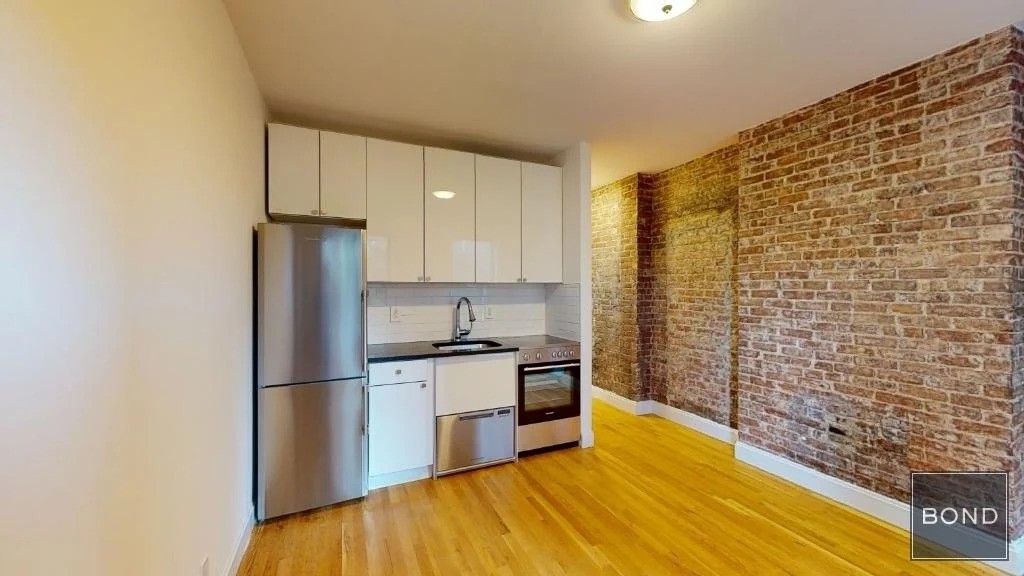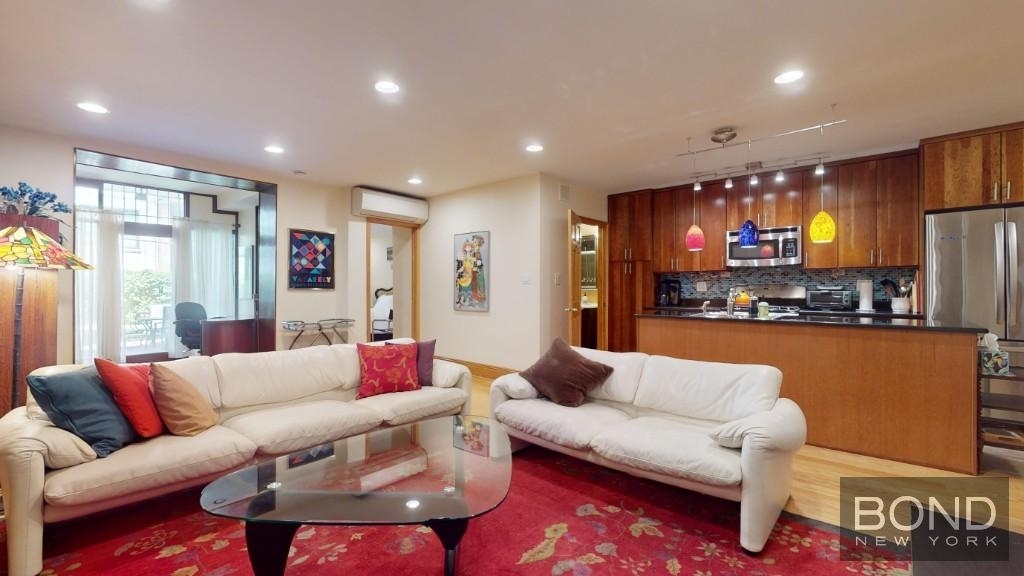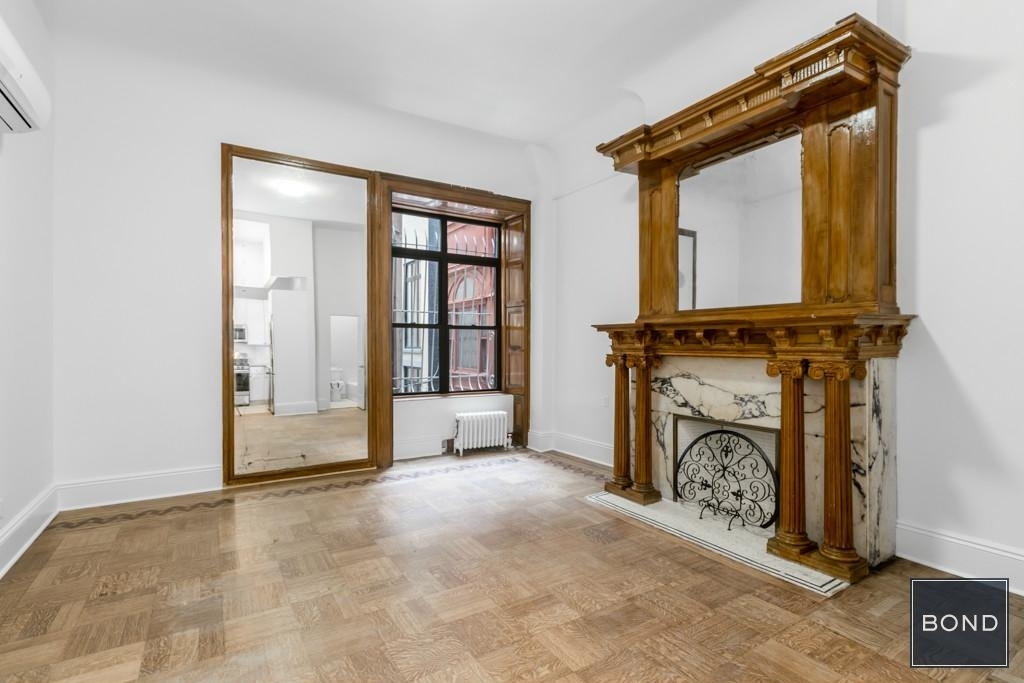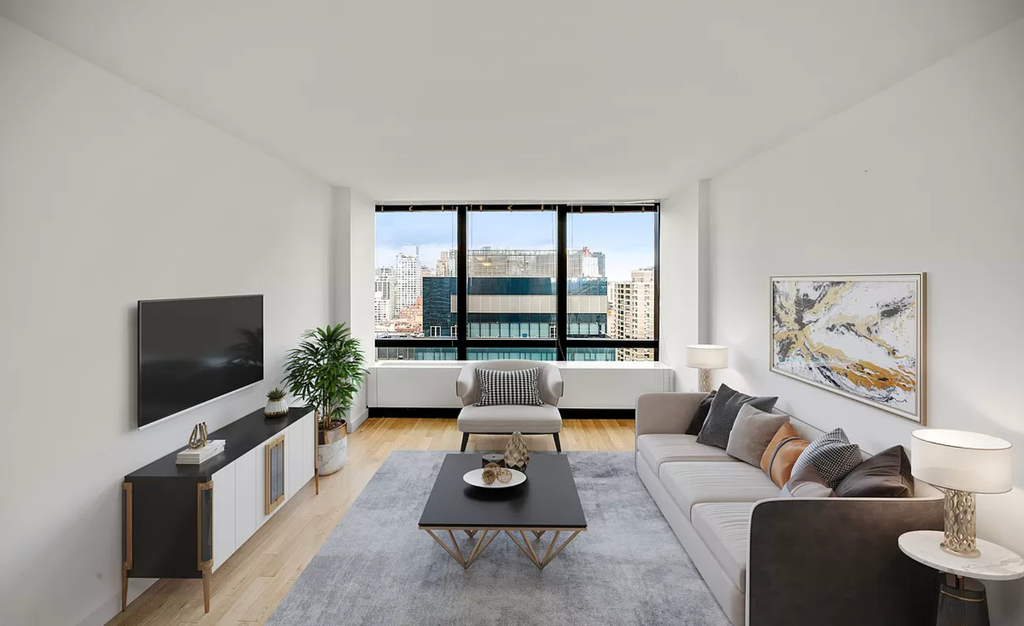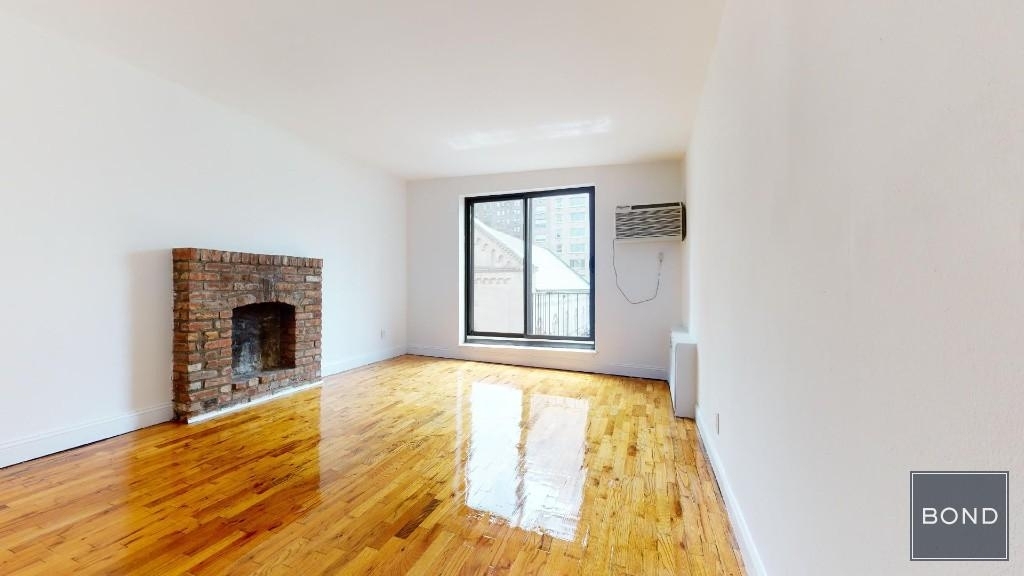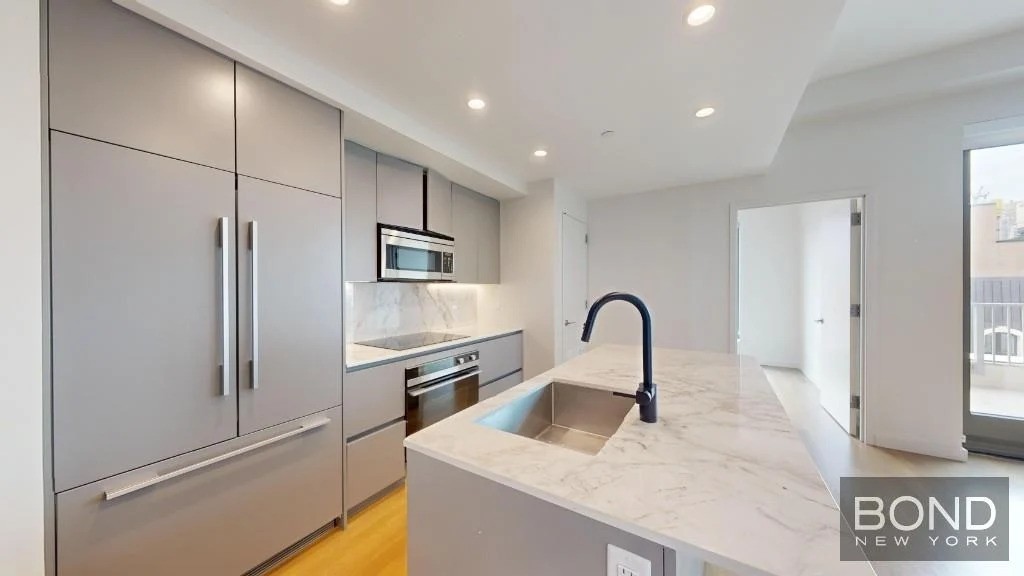Location is one of the main factors renters must consider when looking for an apartment. In New York City, there are hundreds of neighborhoods across the five boroughs that entice potential tenants, boasting unique architectural, cultural, and social elements. In Manhattan, the two neighborhoods to the left and right of Central Park are popular for many renters. Renters can choose to move to the Upper West Side vs. Upper East Side.
While these neighborhoods are similar in their geographic relation to Central Park, they differ in their offerings for residents. Continue reading to learn more about the differences between these two neighborhoods and how they will impact your life as a tenant.
Upper East Side vs. Upper West Side
Both the Upper East Side and Upper West Side run along the sides of Central Park. The Upper East Side rests between East 96th Street and East 59th Street and consists of smaller neighborhoods like Carnegie Hill and Yorkville.
The Upper West Side mirrors the Upper East Side, running between West 96th Street and West 59th Street. Similarly, the West Side contains the smaller neighborhood of Manhattan Valley.
Things to Do in Each Neighborhood
Both the Upper East Side and Upper West Side have plenty of activities, ranging from dining to shopping to museums and cultural events. Residents in each neighborhood can also easily roam through Central Park to lounge with a book, attend a recreational sports game, or watch free Shakespeare in the Park (reopening in the summer of 2025).
Additionally, on the Upper East Side, residents can stroll along 5th Avenue’s stretch of Museum Mile, which boasts favorites like the MET and the Guggenheim, and smaller art-viewing opportunities like El Museo del Barrio and Neue Galerie. The Upper East Side also maintains a reputation for it’s impressive shopping scene, with large designer houses and smaller luxury businesses decorating Madison Avenue. The street is a popular destination for holiday shopping in the winter months.
The Upper West Side also features New York City staples like the Natural History Museum and Lincoln Center, where residents can view multiple shows throughout the year, including the New York City Ballet. Residents can attend smaller events around the neighborhood as well, like the Grand Bazaar on West 77th Street, where local vendors can sell their goods on Sundays. The Upper West Side attracts crowds for its restaurants and bars, including multiple jazz clubs.
Transportation
Renters can access public transportation in each neighborhood, choosing between bus routes or the subway. On the Upper East Side, renters can use the 4, 5, 6, and Q trains to get around, or popular bus routes like the M72 and M106. On the Upper West Side, residents can choose between the 1, 2, 3, A, C, B, and D trains, or buses like the M104 or M11.
It’s important to note that directly traveling between the Upper West Side and Upper East Side is not feasible by subway; residents will need to transfer either above or below Central Park at stations like Times Square, Grand Central, or Grand Concourse. Select bus service also runs between both neighborhoods on routes like the M86 or M79, which requires riders to purchase a specific ticket for direct service.
Renting on the Upper West Side vs. Upper East Side
The median rent for all Upper West Side apartments is currently $4,995, with the median one-bedroom rent coming in at $4,395. The median rent in this neighborhood is higher than the average New York City rent. Those looking to rent on the Upper West Side can search among over 1,000 options to find a unit that works for them. There are a fair number of listings in the neighborhood that do not charge a broker fee, meaning renters can save on the up-front costs of moving.
The Upper East Side is more cost-effective for renters, with the median rent for all units sitting at $4,090. Looking at one-bedroom units, the median rent decreases to $3,600. However, the majority of listings in this neighborhood charge a broker fee, meaning renters should expect to pay an additional month’s rent to 15% of the annual rent to secure a unit in this area.
Overall, Upper East Side renters will likely pay less monthly rent but have a higher chance of needing to pay a broker fee. Therefore, over the course of the first year of living in a new apartment, renters in both neighborhoods will pay a comparable amount.
How to Rent an Apartment
To rent an apartment on the Upper West Side or Upper East Side, renters will likely need to adhere to the 40x inquire requirement, where landlords look for tenants with a yearly income that is 40x the monthly rent. Tenants should also have a strong credit score and a set list of required documents.
Learn more: Rental Application Process
Upper West Side Apartments for Rent
Renters can find a New York Upper West Side apartment among the following options:
1. 588 Amsterdam Avenue #3FN
2. 5 West 75th Street #1A
3. 14 West 69th Street #5
Upper East Side Apartments for Rent
Upper East Side renters can tour the following units:
1. 1113 York Avenue #17A
2. 403 East 87th Street #4B
3. 515 East 86th Street #1602
Conclusion
The Upper West Side vs. Upper East Side is a difficult decision for renters to make, but both are classic Manhattan neighborhoods that offer various activities and plenty of rental opportunities. Therefore, no matter where tenants decide to live, they’ll find plenty of things to do and see throughout their lease durations, and will have quick access to public transportation the brings them around the city.

